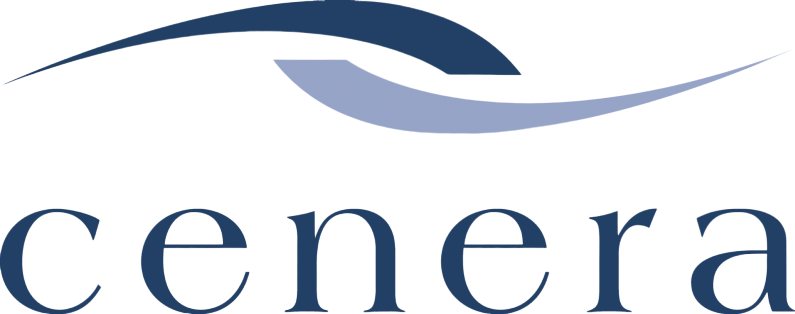Pink Shirt Day: How to Prevent Workplace Bullying
Pink Shirt Day: How to Prevent Workplace Bullying
Bullying and harassment in the workplace is a major issue that impacts not only the psychological well being of staff but also the overall health and safety of the workplace.
According to a 2018 Forum Research survey, more than 55% of Canadians said they either have been bullied or have witnessed bullying on the job. Further findings revealed that while “one in two employees reported bullying to their employer—only a third of workplaces actually addressed the issue.”
Employers have a legal obligation to protect their employees from risks at work, which means creating an environment that is both physically and psychologically safe.
On February 26, people across the world will wear pink to recognize Pink Shirt Day, an international anti-bullying awareness campaign. Beyond putting on pink attire, here are some actionable workplace strategies employers can implement to take a stand against workplace bullying and harassment, once and for all.
Develop Policies
Developing, implementing and educating staff on effective workplace policies is key to preventing bullying and harassment. When everyone knows what is expected of them, what type of conduct will be tolerated, and what behaviours cross the line, a foundation for prevention can be built.
Policies should include:
Assurances that complaints will be handled quickly and confidentially
References to relevant legislation on your obligations to provide a safe, harassment, bullying and discrimination-free workplace
References to your Code of Conduct
Employees’ and management’s roles and responsibilities for identifying and reporting incidents and behaviour
Definitions and explanations of harassment, bullying and discrimination against which complaints will be assessed
Consequences for violation
Identification of the person(s) responsible for complaint investigation
Develop Processes and Procedures
When workplace harassment is left unaddressed, it has the potential to escalate into violent or harmful behaviour. The negative impacts on employee satisfaction, company culture and reputation can be far-reaching and long-lasting. An effective workplace harassment program includes information on how to handle incidents, complaints and investigations.
Processes and procedures to prevent and address workplace bullying may include:
Workplace watch: Encourage employees to speak up and intervene against bullying and harassment (if safe and appropriate) or report the situation to managers.
Employee Complaint Line: Reassure employees that they can come forward without embarrassment or negative consequences. Set up an anonymous, third party employee complaint line to ensure confidentiality.
Complaints – Make sure employees know: who to talk to; specific procedures for reporting; how to document a complaint (formally or informally); how they’ll be protected; and how investigations will be handled.
Investigations – Make sure employees know: who will conduct investigations; how complaints will be investigated; and timelines for investigations.
Ongoing support – Make sure employees know: what supports are available to them throughout, such as access to extended family assistance programs.
Post-investigation restoration – Make sure employees know: you take these matters seriously and will take appropriate and timely action on the findings and recommendations in the investigation report.
Provide Ongoing Training
Employers have a legal obligation to keep their employees safe, and creating a healthy workplace requires buy-in and participation from every level of the organization. Frequent training ensures that employees are educated and informed on general legislation, policies and procedures, how to identify, deal with, resolve and report workplace bullying, harassment or any other form of misconduct, and they’ll gain strategies to prevent incidents from happening in the first place.
Employee training can cover a range of topics, some of which include:
Diversity and inclusion training
Respectful workplace training that teaches employees how to identify, confront and report workplace bullying and harassment
Leadership development (DISC)
Emotional intelligence
Ensure training is frequent and ongoing
Bullying and harassment can be costly conduct. Cenera’s HR professionals have years of experience helping Alberta employers navigate increasingly difficult workplace conflicts. We provide customized and engaging respectful workplace training, policy development, third-party employee complaint mechanisms, and confidential workplace investigation services to Calgary and Alberta’s leading employers. To learn more about how Cenera can help foster a safe, inclusive work environment for your organization, call today!
P: 403.290.0466
E: info@cenera.ca
Let’s Connect
Never miss an update, click here to subscribe to our monthly newsletter.
Plus, follow us on LinkedIn!
Share This Story, and Choose Your Platform!

